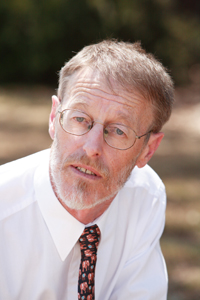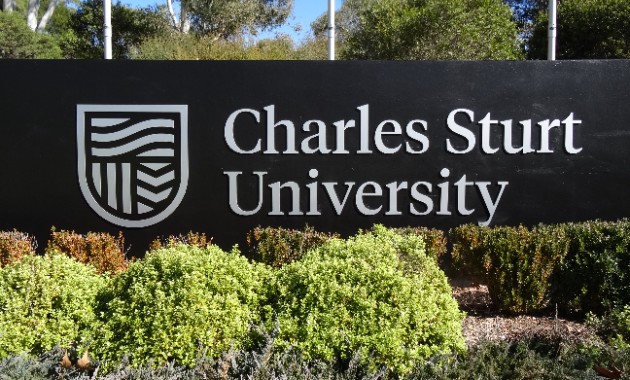 A Charles Sturt University (CSU) expert on the carbon tax has hailed the federal government decision to join the European carbon trading scheme in 2015 as “just good economic sense”.
A Charles Sturt University (CSU) expert on the carbon tax has hailed the federal government decision to join the European carbon trading scheme in 2015 as “just good economic sense”.Professor Kevin Parton with CSU’s Faculty of Business believes an emission trading scheme, where permits can be traded on the market like shares in a stock exchange with a fluctuating price, is better than a carbon tax with a fixed price, as businesses producing carbon have the appropriate incentive to limit their production of carbon.
“The carbon tax is less efficient or more costly than an emissions trading scheme (ETS), and the free-market ETS is more efficient and less costly than an ETS with a floor price, which was the original proposal by the federal government that was due to start in 2015,” Professor Parton said.
“The floor price, or minimum price set by the government, was an unnecessary encumbrance to a scheme that could have led to gross inefficiencies. The abolition of the floor price will get us more quickly to where we should be by setting a price incentive to reduce greenhouse gas emissions for the least cost.
“The current fixed price of $23 per tonne comes from what was the average European price at the planning stage for the carbon tax policy. Prices for carbon move up and down. The EU price is currently around $10 per tonne. It could be higher or lower when the Australian ETS commences in 2015. Whatever it is, the inclusion of a fixed price floor would have led to inefficiencies, and unnecessary bureaucracy,” he said.
Professor Parton also asserts that there are long-term benefits for Australia.





Social
Explore the world of social